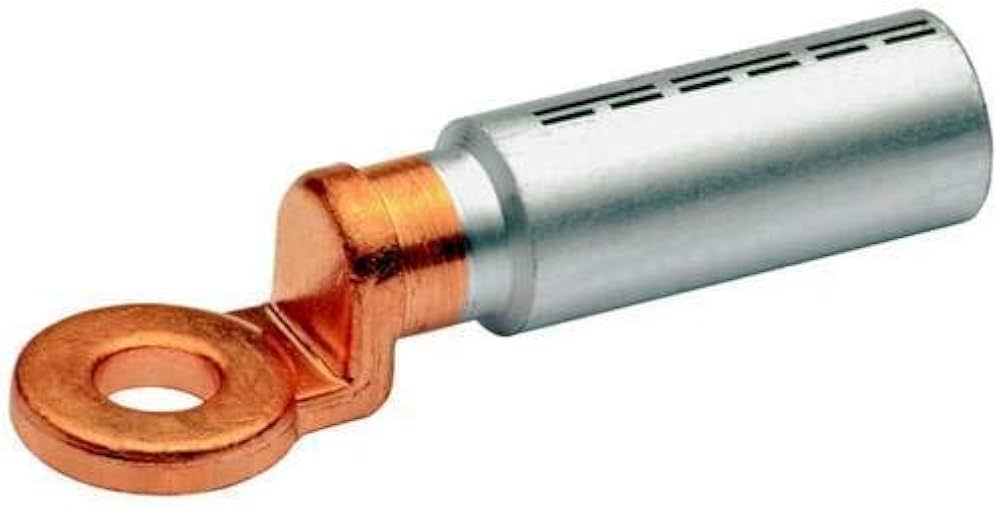
Choosing the right Bi-metallic Lugs for your needs is key to achieving reliable and durable electrical connections.
Have you ever stopped to think about the role Bi-metallic lugs play in electrical systems? These small yet powerful components are essential for ensuring safe and reliable electrical connections, especially when you’re connecting aluminum conductors to copper terminals. Bi-metallic lugs effectively bridge the gap between these different metals, helping to minimize the risk of galvanic corrosion while boosting overall conductivity. However, not all bi-metallic lugs are the same. Choosing the right one for your specific needs goes beyond just matching sizes; it requires a solid understanding of several key factors that impact performance, durability, and safety. In this blog, we’ll dive into the important elements to consider when selecting bi-metallic lugs and how each factor contributes to a strong electrical connection.
1. Compatibility with Cable and Terminal Material
At its essence, a bi-metallic lug’s job is to create a secure link between aluminum cables and copper terminals. Since these materials can react with each other, it’s crucial to choose a lug designed to manage this interaction without sacrificing conductivity or lifespan.
What to Look For: Make sure the lug is specifically rated for aluminum-to-copper applications. Choose lugs that utilize friction welding to join the aluminum and copper components. This technique forms a robust, dependable interface that resists separation and electrical failure. Steer clear of mismatched or low-quality lugs, as they can lead to overheating or early corrosion.
2. Lug Size and Conductor Capacity
Using a lug that’s the wrong size can lead to a shaky connection, which might increase electrical resistance, cause voltage drops, or even lead to overheating. To ensure everything runs smoothly, the lug needs to fit the cable size and terminal just right.
Best Practices: Always check the manufacturer’s sizing chart to find the right lug for your cable gauge. The lug barrel should fit the conductor snugly without needing too much force, as excessive pressure can damage the cable strands. Keep an eye on the lug’s ampacity rating; using undersized lugs can restrict current flow and create dangerous hotspots.
3. Tin Plating for Corrosion Resistance
Aluminum tends to oxidize when it’s exposed to air, forming a non-conductive layer that can disrupt electrical flow. To tackle this issue, many bi-metallic lugs are coated with tin, which acts as both a protective shield and a boost for conductivity.
Why It Matters: Tin plating can help prolong the life of the connection by warding off oxidation and corrosion, particularly in humid or coastal areas. A top-notch lug should have a smooth and consistent layer of plating to ensure reliable conductivity. In tough environments, opt for lugs with heavy-duty or multi-layer plating for added protection.
4. Crimping and Installation Requirements
Even the best lug won’t do its job if it’s not installed correctly. Crimping involves compressing the lug barrel onto the cable, creating a strong mechanical and electrical bond. However, not all lugs work with the same tools or methods.
Installation Tips: Select lugs that are compatible with the standard crimping tools used in your industry or project. Stick to the manufacturer’s crimping guidelines, as improper crimping can lead to loose connections or damage to the conductor. For critical applications, think about using hex or indent crimp profiles, which provide a more consistent grip and enhanced mechanical strength.
Final Thoughts
Bi-metallic lugs might seem like a minor detail in the big picture of an electrical system, but they actually play a crucial role. By carefully choosing lugs that match your cable material, conductor size, corrosion environment, and installation tools, you’re setting yourself up for long-lasting safety, efficiency, and performance.
© 2024 Crivva - Business Promotion. All rights reserved.